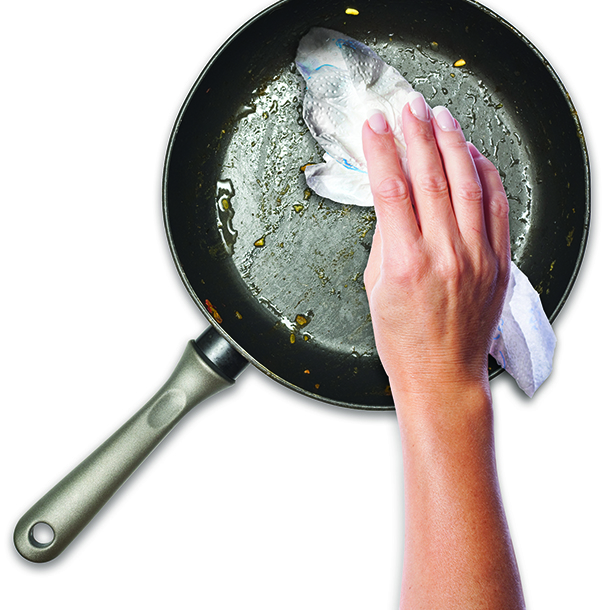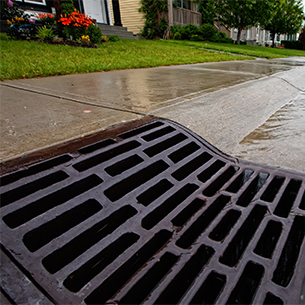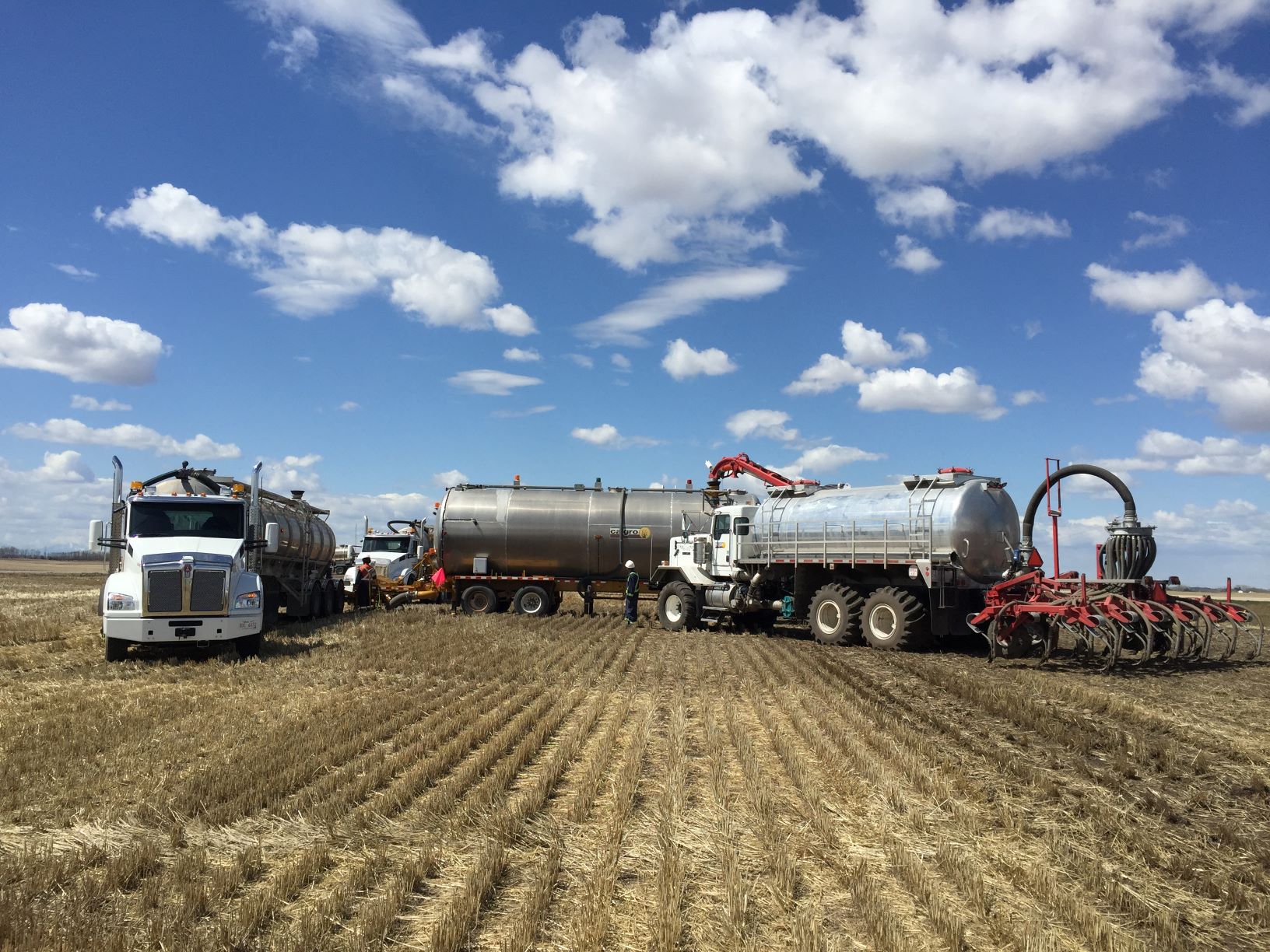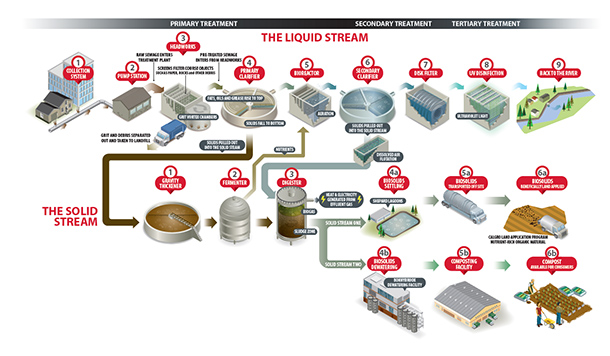Wastewater treatment system
All the water that is flushed down toilets, drained from bathtubs or used for doing dishes and washing your clothes drains into a sewage collection system.
This system is connected to our wastewater treatment plants. Wastewater moves through the sewer pipes by way of gravity and pump stations.
Once the water gets to one of the treatment plants, it goes through a series of processes before it is released as clean water into the Bow River.
Print guide for wastewater information
Wastewater services
Sewer backups
If you are experiencing a sewage backup, please visit Sewage Backups. To help our crews before arrival, view ourSewage Backup Guide.
If your basement is flooding, please visit Basement Flooding and Seepage.
Business services
Common wastewater services for business include:
Protecting our wastewater system
Protect the environment, our wastewater treatment system and your home's plumbing with the following actions:
- Toss flushable wipes and dental floss in the garbage
- Put used cooking oil, butter and fat into your Green Cart for composting
- Put food scraps in your Green Cart for composting
- Take expired medicine to a pharmacy
See what household items to keep out of your sinks, drains and toilets. When cooking, see what to do with fats, oil and grease.
Find out where to dispose of everyday items. Visit What Goes Where.

Our wastewater management system
Calgary has three wastewater treatment facilities:
- Fish Creek Wastewater Treatment Plant
- Pine Creek Wastewater Treatment Plant
- Bonnybrook Wastewater Treatment Plant
Together, these treatment plants meet the wastewater and sewage needs of more than one million Calgarians each day.
To learn more, visit our Online Wastewater Treatment Tour. You can also take part in Water Tours in Calgary.
Are you a student? Find more water facts and information about Calgary's water systems at Water Education Resources.
Wastewater system vs. stormwater system
Our stormwater system uses a different set of pipes to move water from rain or snow to the nearest river or creek.
This system uses storm drains, manholes and dry and wet ponds to capture and move water. Learn more about our stormwater management system.

Biosolids Management Program
Our Biosolids Management Program recovers and recycles nutrient-rich organic matter for composting and agricultural purposes.
In the spring and summer, biosolids go to the Shepard Lagoons to settle out for about six weeks. After settling out, the final product is a nutrient-rich resource ready for our Calgro program.
It is transported by truck to agricultural lands where it is applied using a machine called a TerraKenny. Farmers who are enrolled with our Calgro program use the organic matter and nutrients for crops such as cereal grains, trees, sod, small oilseeds and dried legumes.
In the fall and winter months, biosolids go to the de-watering facility where the water is removed. The de-watered biosolids go to the Green Cart Composting Facility to be further processed for about 60 days, producing a high quality Category A compost.



